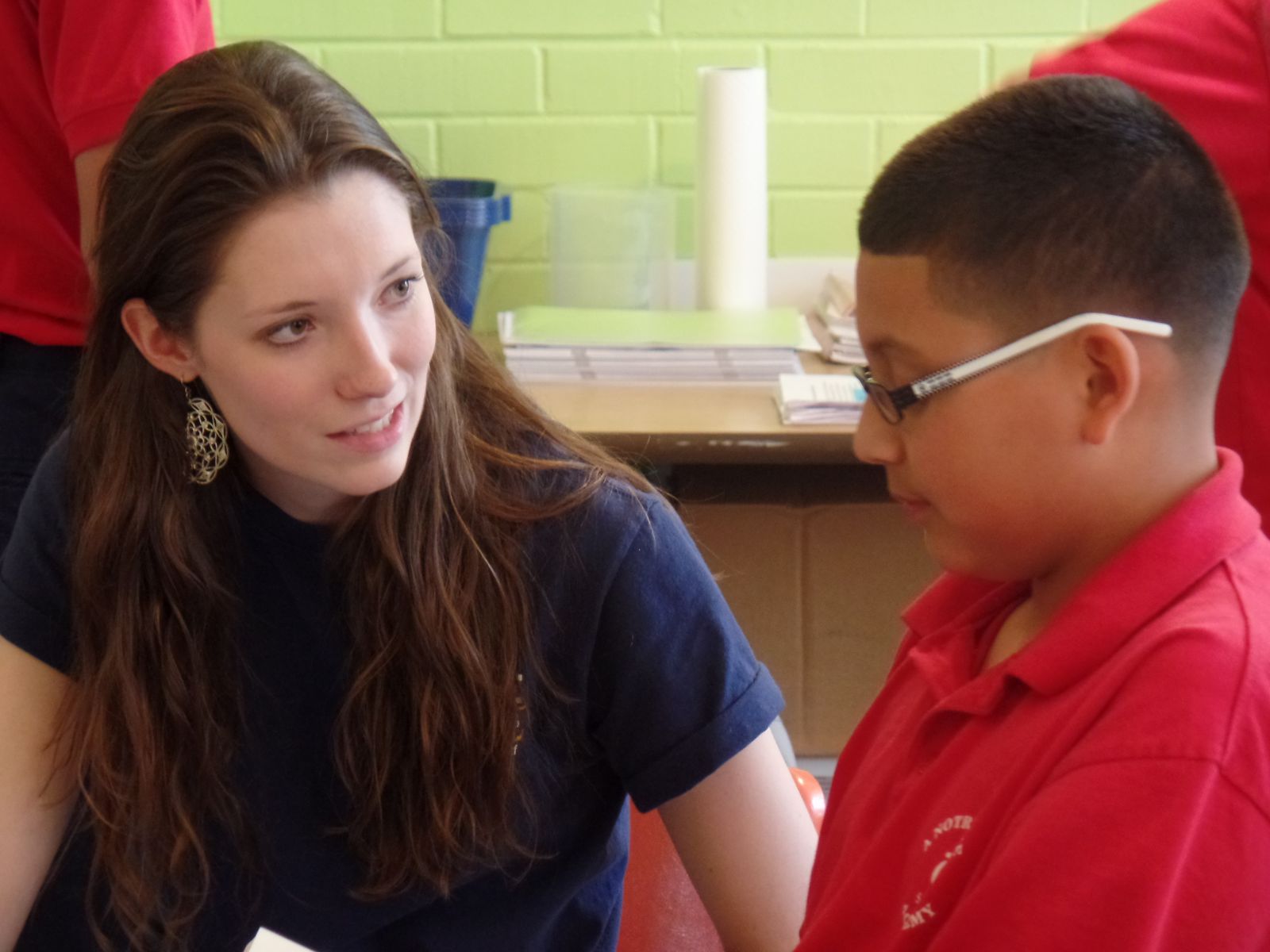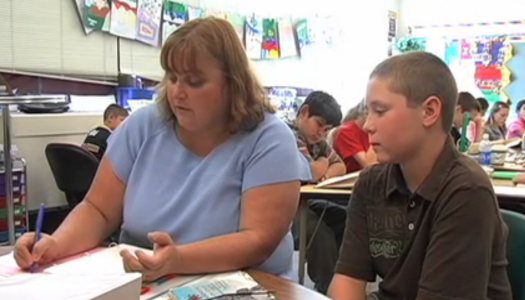Beginning School with an Instructional Plan for Each Student
Join Our Community
Access this resource now. Get up to three resources every month for free.
Choose from thousands of articles, lessons, guides, videos, and printables.
How do you sum up a student’s year of learning so they can pick up where they left off when summer is over? What about all the assessment information, data collected, conferring sessions documented, strategies taught and learned? Do those become a faint memory or a tool to layer on new learning?
For years, my school has pursued a seamless approach to instruction by passing important student information on to the next teacher. We compile the most current assessments and notes about the last conferring session into a folder, store them in a large box in the office, and distribute them to the next teacher in the fall. It takes a bit of time but is worth every second, and is a great idea for any school that wants to make their instruction more seamless.
For us, ConferringNotebook.com has made this process an even easier and more efficient way to share the goals and strategies, allowing instruction to begin during the first days of school.
Here's how it works. ConferringNotebook houses each student’s goals, strategies, and conferring records. Once new classes are formed, we electronically transfer each student to their new teacher (follow these two tutorials for Sharing and Transferring Students). Once they are transferred, we no longer have access to the account, allowing the new teacher to take full control of each student’s information.
If you are the receiving teacher, you have two choices.
1) Start teaching. Open your new students' accounts and start right from where the last teacher left off, and continue teaching the skills and strategies outlined.
2) Archive them. Archiving allows you to view all past information whenever you want without storing it in the day-to-day file that you will be building with this student. You can archive all previous sessions or archive some of the previous sessions. You might want to keep the last month of sessions from the previous year so you can review where the child was and continue forward.
The assessment data, instructional practices, and learning touch points will now follow each student and resume again in the first weeks of school. Instead of seamless teaching and learning, maybe it is continuous teaching and learning, where we no longer have to start from scratch but use current information and continue forward. What a great way to start a new year!







